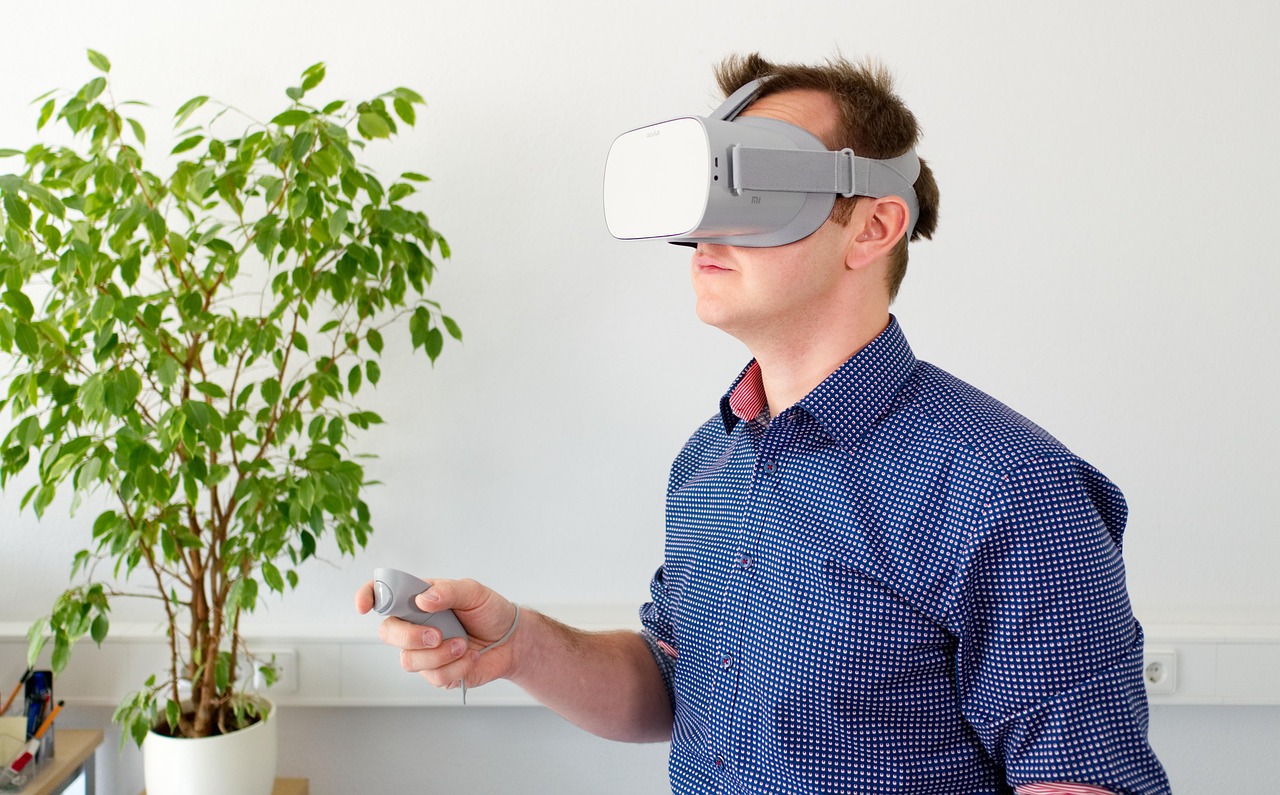Optical Haptics: Touching the Future of Virtual Reality
In the ever-evolving landscape of virtual reality, a groundbreaking technology is poised to revolutionize how we interact with digital environments. Optical haptics, a fusion of light-based sensors and tactile feedback, promises to bring a new dimension of realism to virtual experiences. This cutting-edge approach could transform everything from gaming to remote surgery, offering users the ability to feel and manipulate virtual objects with unprecedented precision.

The concept of optical haptics isn’t entirely new, with early research dating back to the early 2000s. However, recent advancements in miniaturization and light-sensing technologies have catapulted this field into the spotlight. Engineers and scientists from leading tech companies and research institutions have been quietly working on refining optical haptic systems, aiming to overcome the limitations of current VR controllers.
How Optical Haptics Works
At its core, optical haptics technology relies on the interaction between light and specially designed materials. The system typically consists of three main components: a light source, a photosensitive layer, and a haptic feedback mechanism.
The light source, often an array of LEDs or lasers, projects patterns onto the surface of the device. The photosensitive layer detects these patterns and user interactions, translating them into electrical signals. Finally, the haptic feedback mechanism, which can be electromagnetic or piezoelectric, generates tactile sensations based on the detected interactions.
This intricate dance of light and sensation allows for incredibly precise and responsive feedback. Users can feel textures, resistance, and even temperature changes, all without the need for bulky mechanical components.
Applications Beyond Gaming
While gaming is an obvious application for optical haptics, the technology’s potential extends far beyond entertainment. In the medical field, surgeons could perform delicate procedures remotely, feeling the texture and resistance of tissues as if they were physically present. This could revolutionize telemedicine, bringing expert care to underserved areas.
In the world of design and engineering, optical haptics could enable more intuitive 3D modeling and prototyping. Architects and product designers could manipulate virtual models with their hands, feeling the contours and textures of their creations in real-time.
Education stands to benefit as well. Students could interact with virtual specimens in biology classes or feel the surface of distant planets in astronomy lessons. The tactile element adds a new dimension to learning, potentially improving retention and understanding of complex concepts.
Challenges and Limitations
Despite its promise, optical haptics technology faces several hurdles. One of the primary challenges is power consumption. The arrays of light sensors and actuators require significant energy, which can be a limiting factor in portable devices.
Another obstacle is the need for specialized materials that can respond quickly and accurately to light stimuli. Researchers are exploring various options, including photopolymers and nanostructured materials, but finding the perfect balance of responsiveness and durability remains a challenge.
Lastly, there’s the issue of integration with existing VR and AR systems. Optical haptics technology needs to be seamlessly incorporated into headsets and controllers without adding excessive bulk or weight.
The Road Ahead
As researchers continue to refine optical haptics technology, we can expect to see early commercial applications within the next few years. Industry experts estimate that the first consumer-grade devices incorporating optical haptics could hit the market by 2025, with prices likely ranging from $300 to $500 for standalone controllers.
The impact on the VR and AR market could be substantial. Analysts predict that optical haptics could drive a 15-20% increase in VR hardware sales once the technology becomes widely available. This growth could, in turn, spur further investment and innovation in the field.
A Tactile Revolution
Optical haptics stands at the forefront of a tactile revolution in virtual reality. By bridging the gap between the digital and physical worlds, this technology has the potential to transform how we interact with virtual environments across various industries.
As development continues and challenges are overcome, we may soon find ourselves touching, feeling, and manipulating the virtual world with an unprecedented level of realism. The future of VR is not just about what we can see and hear, but what we can touch – and optical haptics is leading the way.




